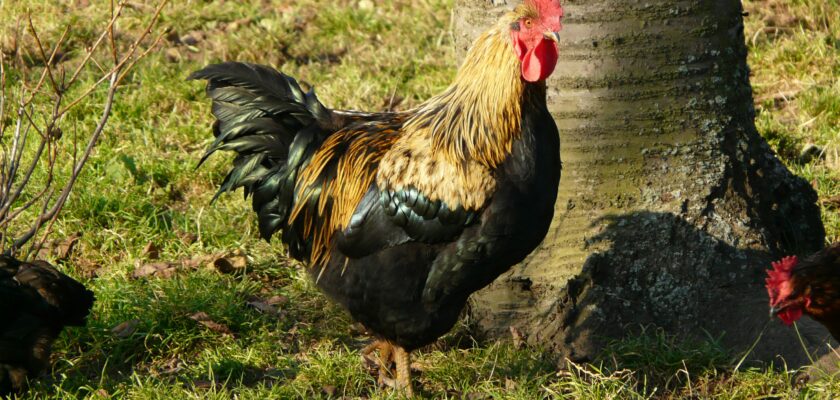Introduction to Coccidiosis in Poultry
Coccidiosis in chickens is a potentially deadly parasitic disease that can devastate flocks if not identified and treated early. Caused by protozoa from the genus Eimeria, this disease targets the intestinal lining of chickens, impairing nutrient absorption and triggering a range of serious health issues.
While it primarily affects younger birds, adult chickens can still be carriers or fall victim under the right (or rather, wrong) conditions. If you’re raising poultry—whether a small backyard flock or a commercial setup—understanding coccidiosis is crucial to maintaining a healthy, productive environment.
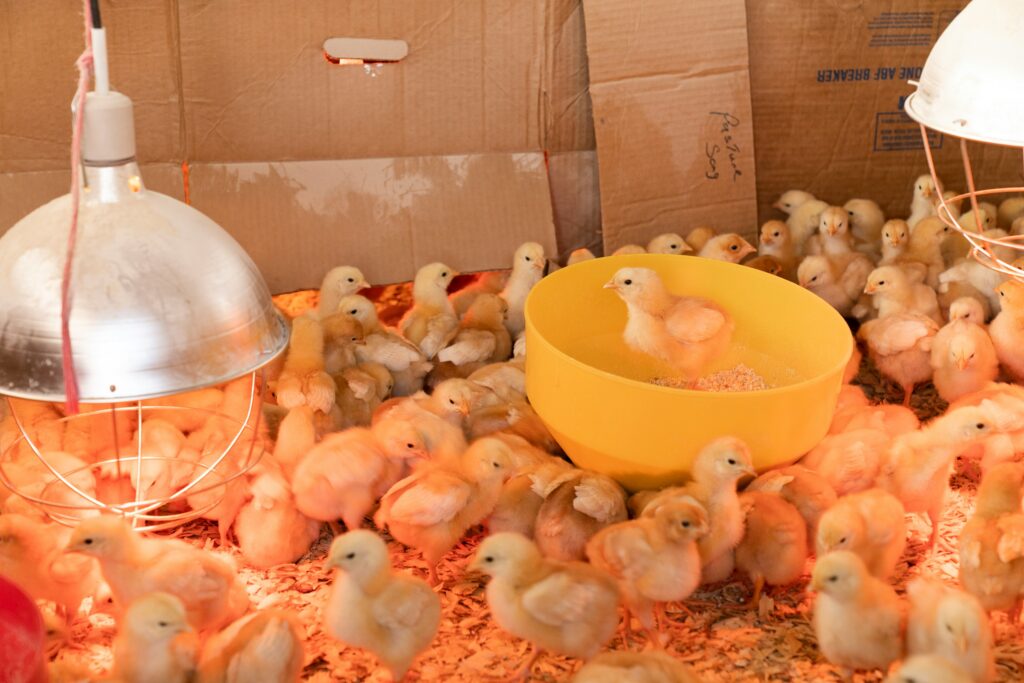
Photo by Zoe Richardson on Unsplash
Understanding the Parasite: What Causes Coccidiosis?
Coccidiosis is caused by microscopic protozoan parasites known as Eimeria. These organisms multiply rapidly within the host’s intestinal cells, damaging tissues and reducing the chicken’s ability to absorb nutrients.
There are several species of Eimeria, each attacking different areas of the intestines. They’re spread via ingestion of oocysts (a type of egg) found in contaminated feed, water, litter, or feces. Once inside the bird, these parasites reproduce aggressively, triggering inflammation and digestive upset.
Common Species of Coccidia in Chickens
There are nine known species of Eimeria that affect chickens. Here are the most common and damaging ones:
| Eimeria Species | Targeted Intestinal Area | Severity |
| E. tenella | Cecum | Severe |
| E. necatrix | Mid-intestine | Severe |
| E. acervulina | Upper intestine | Mild-Moderate |
| E. maxima | Mid-intestine | Moderate |
| E. brunetti | Lower intestine | Moderate |
Different species can cause varying degrees of illness, which is why diagnosis and targeted treatment are important.
How Do Chickens Get Coccidiosis?
Transmission occurs when chickens peck at contaminated surfaces—like bedding, droppings, or feeders—and ingest oocysts. These hardy oocysts can survive for months in moist, warm environments. Once swallowed, they hatch in the intestines and begin their destructive cycle.
Chickens raised in confined or unsanitary conditions are at higher risk. Overcrowding, high humidity, and poor waste management create the perfect breeding ground for this disease.
Recognizing Early Signs and Symptoms
Spotting coccidiosis early is key. Look out for:
- Ruffled feathers
- Lethargy or depression
- Loss of appetite
- Pale combs or wattles
- Hunched posture
- Watery or bloody droppings
Behavioral changes—like staying isolated or avoiding feed—are often the first red flags.
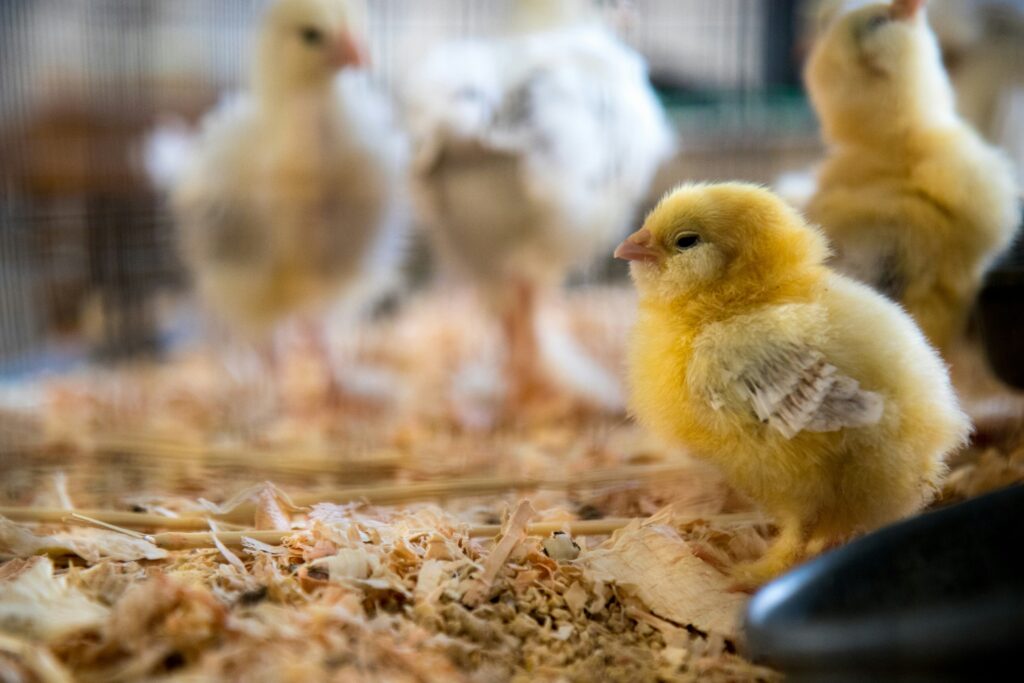
Photo by Jason Leung on Unsplash
Severe Symptoms to Watch Out For
If the disease progresses, symptoms become more alarming:
- Blood in feces (particularly with E. tenella)
- Sudden weight loss
- Severe diarrhea
- Dehydration
- Death in young chicks
At this stage, quick intervention is critical. Left untreated, coccidiosis can wipe out a flock in days.
Coccidiosis vs Other Poultry Diseases
Coccidiosis is often confused with other ailments like necrotic enteritis or salmonella infections. Here’s a quick comparison:
Coccidiosis
Symptoms:
- Bloody droppings
- Lethargy
- Dehydration
- Sudden death
Necrotic Enteritis
Symptoms:
- Lethargy
- Dehydration
- Sudden death
Salmonella
Symptoms:
- Lethargy
- Dehydration
- Sudden death
Veterinary diagnosis or fecal testing helps distinguish between these conditions.
How to Diagnose Coccidiosis
To confirm coccidiosis, a vet may perform a fecal float test or examine intestinal tissue after necropsy. Visual signs (like bloody droppings) are strong indicators, but lab analysis confirms the type and severity of infection.
For home flocks, if multiple chickens show signs simultaneously—especially young ones—it’s often safe to assume coccidiosis and start treatment while awaiting confirmation.
The Life Cycle of Eimeria (Coccidia)
Understanding the lifecycle is crucial for breaking the cycle. Here’s a simplified overview:
- Ingestion of oocysts from contaminated surfaces.
- Oocysts hatch in the intestines, releasing sporozoites.
- Sporozoites invade intestinal cells, reproduce, and cause damage.
- More oocysts are shed in feces, contaminating the environment.
- Cycle repeats, amplifying the outbreak.
This lifecycle can complete in 4–7 days, making early control vital.
Risk Factors and Environmental Triggers
Several factors heighten susceptibility:
- Wet litter or poor drainage
- High bird density
- Infrequent coop cleaning
- Stress from transport or weather changes
- Unmedicated feed for young chicks
Prevention is about proactive management—limiting exposure and strengthening immunity.
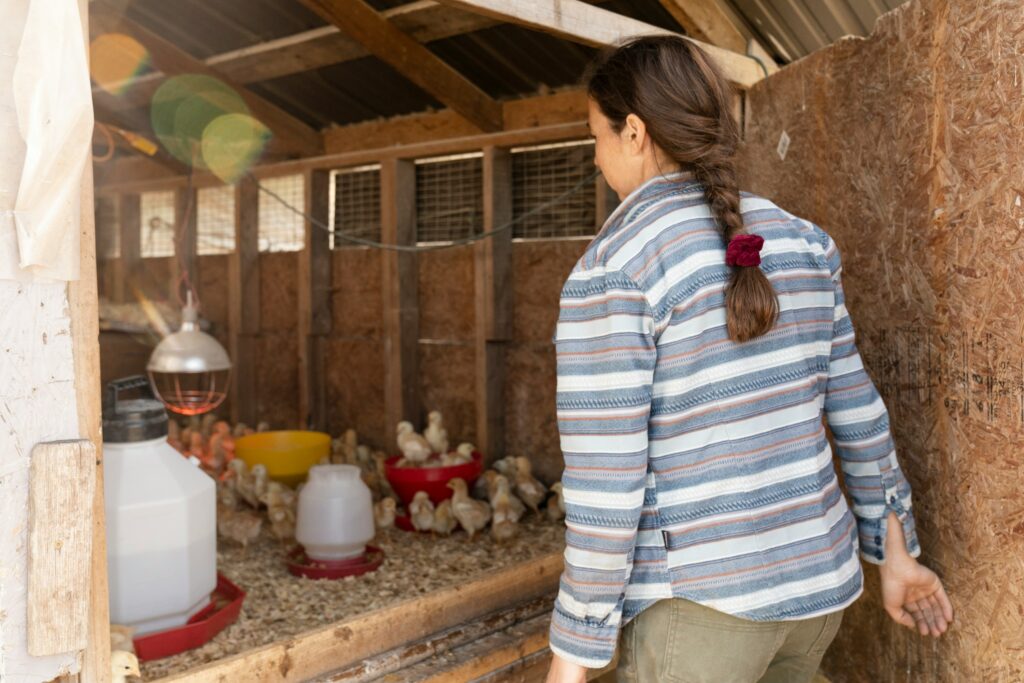
Photo by Zoe Richardson on Unsplash
Top 15 Tips for Preventing Coccidiosis in Chickens
1. Maintain a Clean Coop Environment
Regular cleaning minimizes parasite load.
2. Regularly Replace Bedding
Use dry, absorbent bedding like pine shavings—avoid straw, which traps moisture.
3. Provide Clean, Dry Feed
Feeders should be raised and kept free from droppings.
4. Use Probiotics or Natural Supplements
Boost gut health to help fight infections naturally.
5. Limit Moisture and Standing Water
Fix leaks and provide proper drainage around the coop.
6. Practice Good Biosecurity
Don’t allow outside shoes or tools inside the chicken area.
7. Rotate Pasture and Run Areas
Gives time for oocysts in the soil to die off.
8. Avoid Overcrowding
Overcrowded pens create stress and increase disease spread.
9. Offer Medicated Starter Feed
Contains amprolium, a common anticoccidial agent.
10. Control Rodents and Pests
They spread oocysts and introduce other diseases.
11. Isolate Sick Birds Immediately
Prevents spread to the healthy flock.
12. Clean Equipment Frequently
Waterers and feeders should be scrubbed weekly.
13. Introduce New Birds Cautiously
Quarantine new birds before adding them to your flock.
14. Boost Immunity with Vitamins A & E
These vitamins help repair intestinal lining and boost resistance.
15. Consider Natural Herbal Remedies
Oregano, garlic, and apple cider vinegar have mild anticoccidial effects.
Best Treatment Options for Coccidiosis
Amprolium (Corid) is the most common over-the-counter treatment. It halts the parasite’s ability to absorb thiamine. Follow dosage carefully.
Sulfa drugs (e.g., Sulfadimethoxine) are prescription options used in severe outbreaks.
Always treat water for 5–7 days, then provide vitamin supplements to help birds recover.
Can You Eat Eggs from Infected Chickens?
Generally, yes—but with caution. If you’re using medicated feed or sulfa drugs, follow the egg withdrawal period (typically 7–14 days). Eggs laid during this period shouldn’t be consumed.
How Long Does it Take to Recover?
Mild cases can recover within a week of treatment. Severe infections may take longer, especially if internal damage is extensive. Supportive care—hydration, electrolytes, and clean conditions—is essential.
Long-Term Effects on Flock Health
Survivors of coccidiosis often gain immunity to that specific strain. However, they may have stunted growth or decreased egg production. Recovered birds can also be carriers, silently spreading oocysts.
How to Support Recovery and Immunity
After treatment, focus on:
- High-quality feed with protein
- Vitamin-rich supplements
- Clean, stress-free environment
- Light probiotics
This strengthens gut lining and prevents relapse.
FAQs About Coccidiosis in Chickens
1. What is the fastest way to treat coccidiosis?
Using Corid (amprolium) in water is the quickest and most effective method. Start treatment immediately after symptoms appear.
2. Can coccidiosis kill chickens overnight?
In severe cases—especially with E. tenella—young chicks can die within 24–48 hours.
3. How do I clean the coop after an outbreak?
Remove all bedding, scrub surfaces with a bleach solution, and allow the coop to dry fully before reintroducing birds.
4. Is coccidiosis contagious to humans or pets?
No, avian coccidiosis is not zoonotic. It only affects birds, although good hygiene is still essential.
5. What’s the difference between vaccinated and medicated chicks?
Vaccinated chicks develop immunity through exposure to weakened strains. Medicated feed helps suppress outbreaks but doesn’t build long-term immunity.
6. Do natural remedies really work?
They can support immunity and reduce oocyst load, but they should not replace medical treatment during active infection.
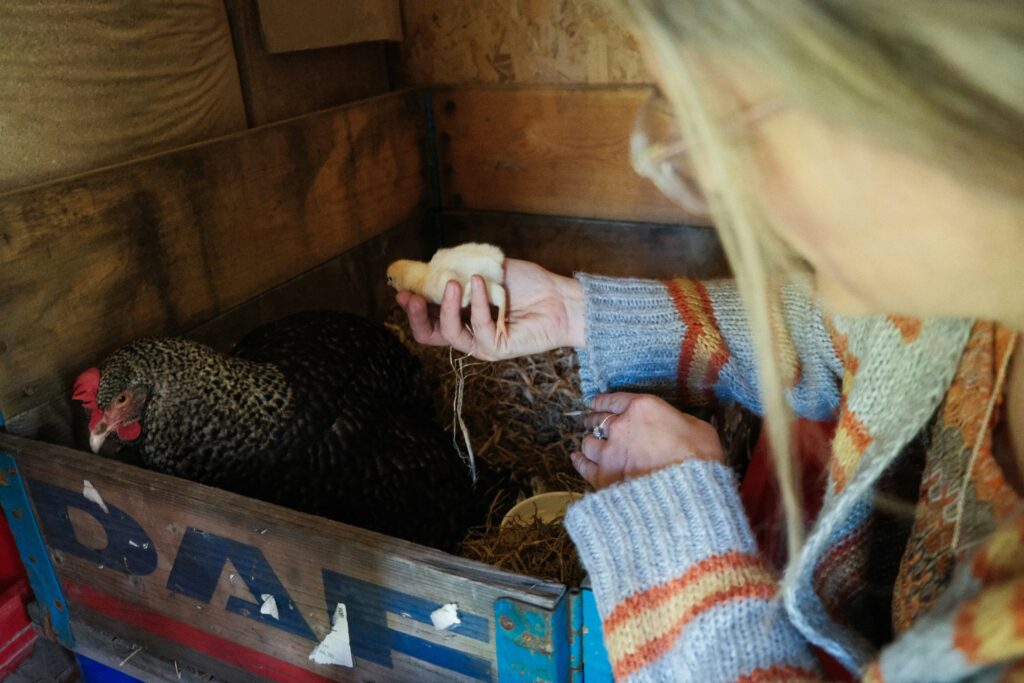
Photo by Jaz Blakeston-Petch on Unsplash
Conclusion: Stay Ahead of the Parasite
Coccidiosis is a formidable enemy—but it’s not unbeatable. With good flock management, clean housing, and proactive care, you can prevent outbreaks and protect your chickens year-round.
By understanding the lifecycle of Eimeria, recognizing early symptoms, and implementing strict hygiene and prevention protocols, you’ll ensure a resilient, healthy flock.
